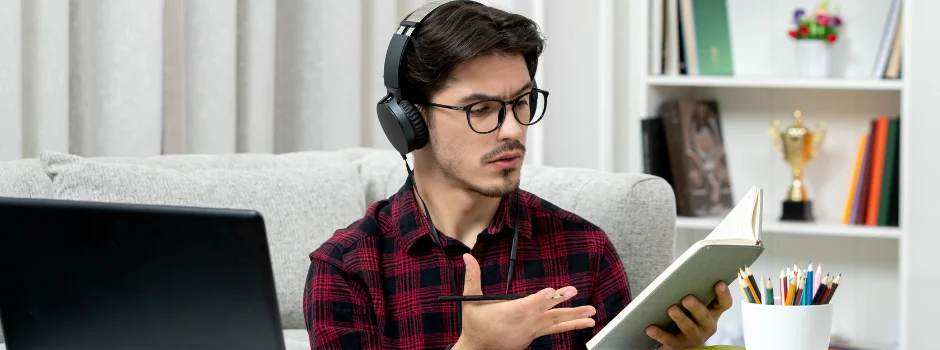
Master the art of data analysis with tips, tools, and techniques to derive meaningful insights from complex datasets.

27 Dec, 2024
4 Min Read
7930

By Archit
16 Jul, 2025
4 Min Read

By Muppudathi S
24 Jun, 2025
3 Min Read

By Vennilavan V
31 Jan, 2025
3 Min Read

By Lukesh S
17 Jul, 2025
6 Min Read

By Arun Kumar
19 Jun, 2025
2 Min Read
![Types of Data Science Explained: A Simple Guide for Complete Beginners [2025] 35 types of data science](https://www.guvi.in/blog/wp-content/uploads/2025/06/Types-of-Data-Science-Explained_-A-Simple-Guide-for-Complete-Beginners.png)
30 Jun, 2025
5 Min Read

By Muppudathi S
24 Jun, 2025
3 Min Read

By Lukesh S
17 May, 2025
3 Min Read

By Kirupa
28 Feb, 2025
2 Min Read
![A Beginner's Guide to AI Agents, MCPs & GitHub Copilot [2025] 56 ai agent](https://www.guvi.in/blog/wp-content/uploads/2025/07/ai-agent.webp)
By Basil Ahamed
16 Jul, 2025
3 Min Read

By Archit
16 Jul, 2025
4 Min Read
![A Beginner’s Guide to Artificial Intelligence, LLMs, and Prompting [2025] 59 artificial intelligence](https://www.guvi.in/blog/wp-content/uploads/2025/07/artificial-intelligence.webp)
By Basil Ahamed
14 Jul, 2025
3 Min Read

By Archit
11 Jul, 2025
4 Min Read
![30 Important DevOps Interview Questions and Answers [Includes All 3 Levels] 63 DevOps Interview Questions and Answers](https://www.guvi.in/blog/wp-content/uploads/2025/05/30-Important-DevOps-Interview-Questions-and-Answers.png)
By Lukesh S
21 Jul, 2025
6 Min Read

By Vennilavan V
19 Jun, 2025
2 Min Read

By Vennilavan V
31 Jan, 2025
3 Min Read

10 Jun, 2025
2 Min Read

10 Jun, 2025
2 Min Read

03 Jun, 2025
3 Min Read

By Kirupa
03 Jun, 2025
3 Min Read

11 Apr, 2025
2 Min Read

08 May, 2025
2 Min Read

By Kirupa
08 May, 2025
3 Min Read

08 May, 2025
3 Min Read

08 May, 2025
3 Min Read

By GUVI Geek
17 Feb, 2025
4 Min Read
















